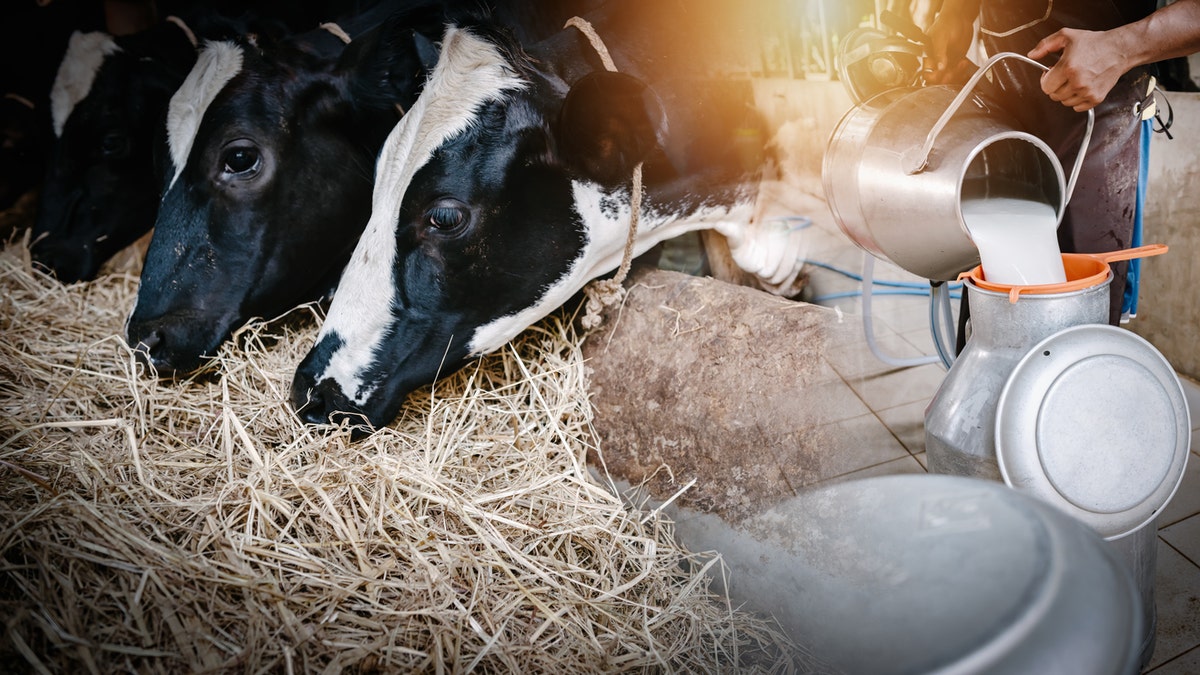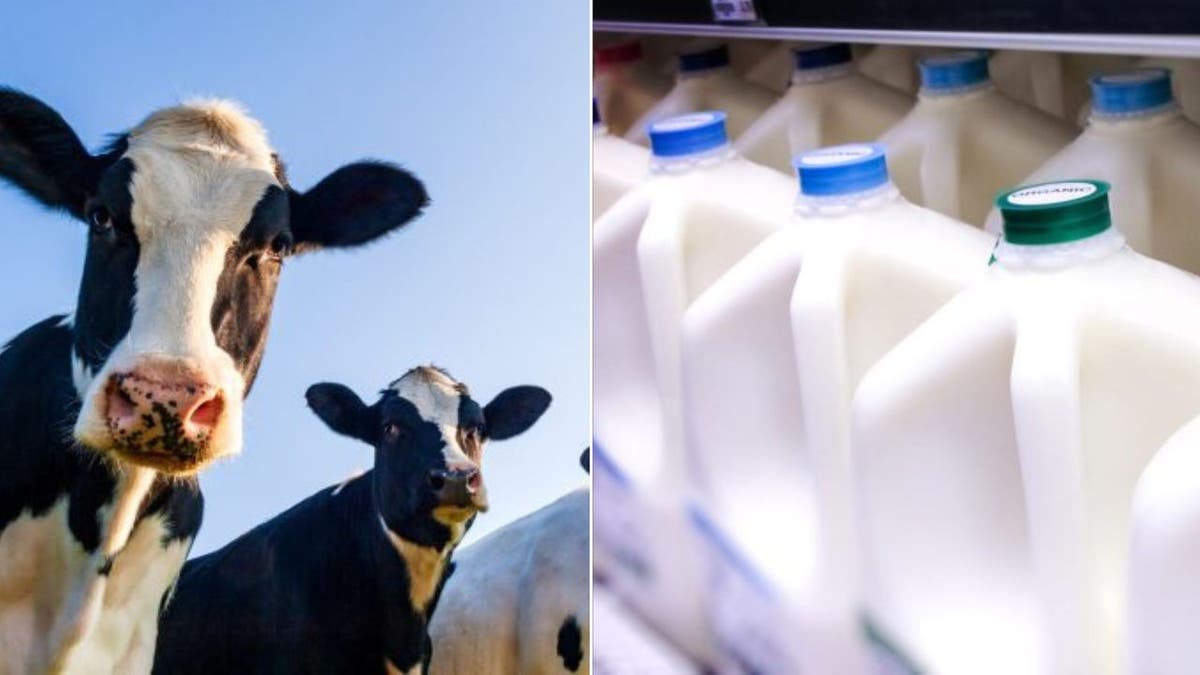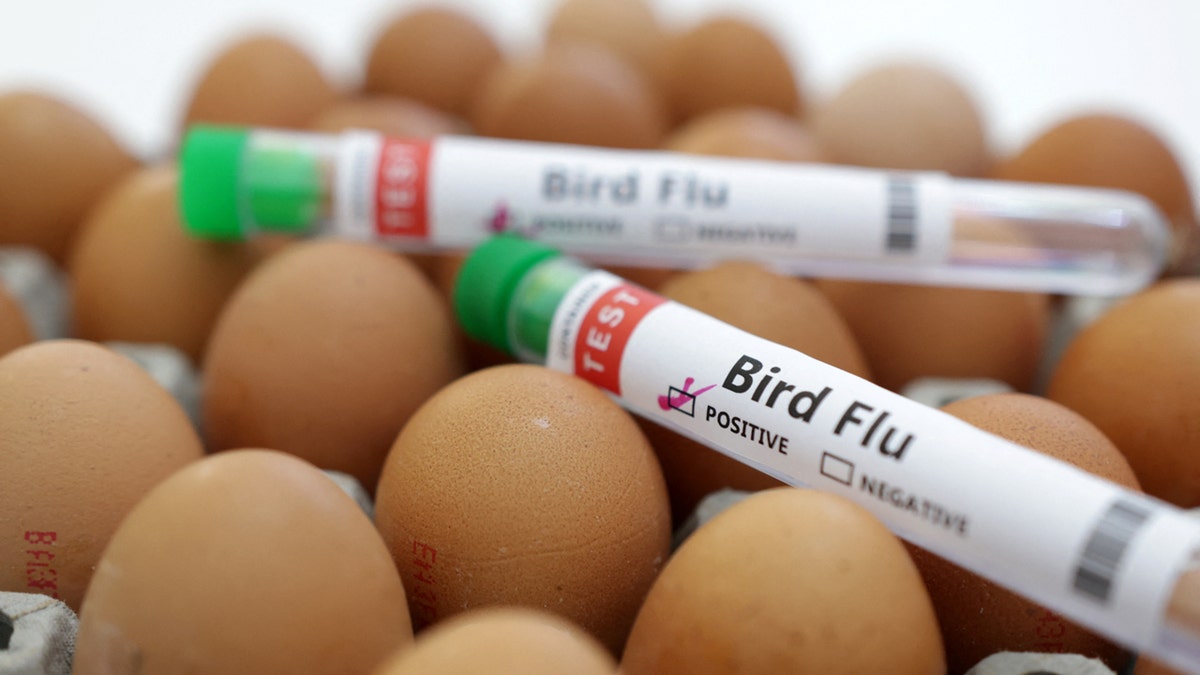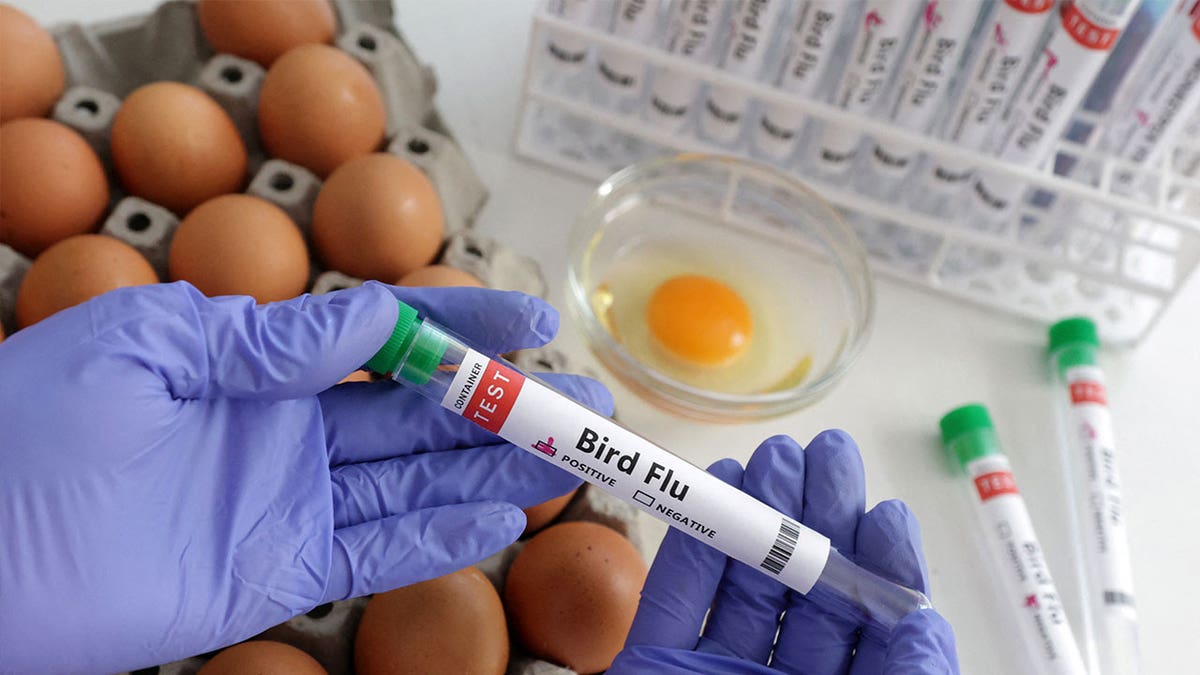CDC and WebMD Provide Update on Current Avian Flu Outbreak: ‘Be Vigilant, Not Alarmed’


Like bird flu continues to spread Among cattle in the United States, WebMD and the Centers for Disease Control and Prevention (CDC) joined forces Thursday to present a live briefing on the status of the outbreak.
The presentation, titled “WebMD and CDC Present, Avian Flu 2024: What You Need to Know,” was moderated by Neha Pathak, MD, medical editor-in-chief of WebMD in Atlanta, Georgia.
The first reports of sick dairy cows arrived at the USDA in early March, according to Eric Deeble, deputy assistant secretary for the Office of Congressional Relations at the United States Department of Agriculture (USDA) in Washington, DC.
AMID THE SPREAD OF BIRD FLU, EXPERTS REVEAL IF IT’S SAFE TO DRINK MILK
Tests revealed that the cows had contracted the H5N1 virus, more commonly known as bird flu or bird flu.
“Any new livestock diseases are of great concern to us,” Deeble said at the briefing.
As avian flu continues to spread among cattle in the United States, WebMD and the CDC released an update Thursday. (Getty Images)
“H5N1 in cattle is a relatively mild disease. They usually recover after supportive care” in two to three weeks, he explained.
“Their milk volume returns to normal, they appear healthy and continue to feed as before they became ill.”
“Any new livestock diseases are of great concern to us.”
So far, the USDA has detected the H5N1 virus in 49 dairy herds across nine states, Deeble said.
“To put that in perspective, that’s about 1% of dairy farms in the affected states and about 1/10th of 1% nationally,” he said.
On April 29, a USDA federal order went into effect restricting the movement of lactating dairy cattle for the purpose of monitoring and tabulating H5N1 test results.
TEXAS CATS DIE ON DAIRY FARM AFTER DRINKING RAW MILK CONTAMINATED WITH BIRD FLU, CDC Warns
“Under this order, dairy farmers are required to test their cows before moving them interstate so we know those cows are free of the H5N1 virus and pose no risk to a new herd” , Deeble said.
The order also requires that all test results detecting the presence of H5N1 be reported to USDA laboratories.
No food risks yet, according to experts
Deeble assured listeners on Thursday that there was no risk in consuming milk and meat.
“I can say without reservation that our commercial supplies of milk and meat are safe,” he said. “At no time have animals sick with H5N1 or any other animal disease been allowed to enter our food supply.”
He added: “The USDA has never detected H5N1 in retail meat. »

The first reports of sick dairy cows came to the USDA in early March, health officials said. (iStock)
Tests have confirmed that cooking meat to an internal temperature of 155 or higher is sufficient to eliminate all traces of the virus, Deeble noted.
For milk, the pasteurization process ensures it is drinkable, he said.
“Our milk is heated to high temperatures for a brief period of time, inactivating H5N1, as well as other bacteria and viruses that could make someone sick,” he said.
Risk of transmission to humans
The overall risk to the public from avian flu is low, according to Dr. Nirav D. Shah, MD, principal deputy director of the Atlanta CDC.
“This is partly because it is rare for people to become infected with bird flu virus – but it happened,” he said during the briefing.
“If and when this occurs, it is most often through unprotected direct contact with infected animals, such as not wearing gloves, face masks or eye protection.”
COULD A BIRD FLU PANDEMIC SPREAD TO HUMANS? HERE’S WHAT YOU NEED TO KNOW
In April, the CDC reported a human case of bird flu in a dairy worker in Texas, Shah said.
“This person’s only symptom was redness of the eyes or conjunctivitis,” he said. “After testing positive, this person received a antiviral medication and luckily I made a full recovery. There have been no new or additional human cases since this individual in Texas. »
Other symptoms to watch for include cough, fever, muscle aches and fatigue, according to Shah.

Experts have said there are no risks associated with drinking commercially purchased milk. (iStock)
Although the overall risk to humans is low, the CDC is taking “aggressive steps” to ensure Americans stay healthy and informed, Shah said.
“Right now, one of our key areas of focus is on the safety and protection of agricultural workers, particularly ensuring that workers have access to personal protective equipment…like gloves, goggles or face masks, which can help reduce their risk of exposure if they occur working with affected cows.
MAINE WILDLIFE AUTHORITIES FIND 6 DEAD WILD DUCKS THAT TESTED POSITIVE FOR BIRD FLU
The CDC is also working with local health departments to ensure that sick farmers are tested for avian flu and to monitor their status.
“On top of that, scientists in our labs here at CDC are looking closely at avian flu viruses to see if there are any changes in their DNA that could tell us if these viruses are able to spread more easily to humans, between people, and, most importantly, whether they could cause more serious illness,” Shah added.

Although the overall risk to humans is low, the CDC is taking “aggressive steps” to ensure Americans stay healthy and informed, one doctor said. (Reuters/Dado Ruvic/Illustration/File photo)
Although the risk to the public currently “remains low”, the doctor offered advice for certain groups who may be at higher risk.
“If you work around animals, whether chickens, cattle or pigs, and you develop signs and symptoms that might otherwise be those of the flu, it is important to make sure you ‘call a healthcare provider and have a conversation with them.
Not another COVID, experts say
The current bird flu situation is different from that the first days of COVID-19Shah said during the briefing.
“We are in a very different situation because of more than two decades of investment in planning and preparing for events like the flu,” he said.
CDC warns of invasive bacterial outbreak amid surge in cases, death rates: ‘rare but serious’
“As a result of this extensive planning and preparation, medications are now in place.”
If these medications are administered early, they can reduce the severity and duration of the illness, as was the case with the Texas farmer, Shah noted.
“This is just one of the many ways that flu and avian flu differ from what many of us remember from four years ago,” he added.
Vaccines and prevention
The traditional flu vaccine doesn’t offer much protection against bird flu, experts noted.
“Even though they are… basically the same virus, they differ just enough to know where the flu vaccine – which we hope everyone will get – doesn’t do a great job of protecting you,” he said. Shah said.
“It may take a little work, but it’s not enough to get you to the bank.”

“We are not at a point where vaccination is recommended for anyone,” a doctor said at the press briefing Thursday. (Julian Stratenschulte/dpa)
David Boucher, PhD, director of infectious disease preparedness and response at ASPR in Washington, DC, spoke at Thursday’s briefing about the potential need for a bird flu vaccine.
“We are not at the point where vaccination is recommended for anyone,” he said.
Through the National Influenza Vaccination Program, ASPR works with health partners to identify flu viruses that are “just a little bit different than what we’ve seen in the past,” Boucher said.
WITH CELL CASES INCREASING, DO YOU NEED A VACCINE BOOSTER?
For a new virus, the team develops the “building blocks” of a vaccine, he noted.
“The good news here is that this system has worked as we hoped, and we have an initial supply of the basic elements that we would need if we needed vaccines against the (H5N1) virus,” he said. -he declares.

To monitor potential spread, the CDC is on the lookout for an increase in emergency room visits or lab tests that could signal a “cluster of cases,” one doctor said. (Reuters/Dado Ruvic/Illustration)
In this scenario, Boucher said, ASPR could partner with seasonal flu vaccine manufacturers for “large-scale” production.
Boucher also stressed the importance of personal protective equipment (PPE) – such as gloves, goggles, face shields and N95 masks – for agricultural workers who may be in close proximity to infected animals.
CLICK HERE TO SUBSCRIBE TO OUR HEALTH NEWSLETTER
To monitor potential spread, the CDC is on the lookout for an increase in emergency room visits or lab tests that could signal a “cluster of cases,” Shah said.
“We are also looking more recently at the wastewater to see if there are any changes,” he said.
CLICK HERE TO GET THE FOX NEWS APP
People can stay informed about the latest developments in avian flu from the CDC, USDA, FDA and other reliable information sources, Shah added.
“We should be vigilant and not alarmed.”
For more health articles, visit www.foxnews.com/health.
News Source : www.foxnews.com
Gn Health





